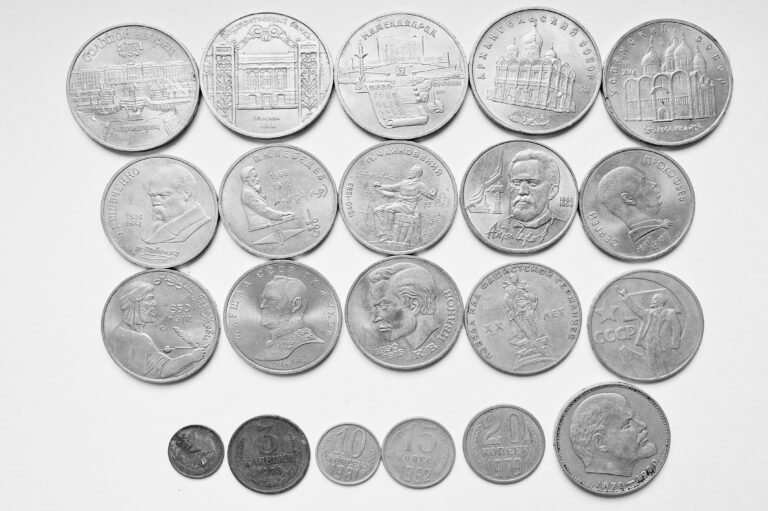The coin history of US presidents is a fascinating journey that reveals not only the financial development, but also its political and leadership milestones. This history is closely linked to the national fabric and offers an insight into its cultural and historic significance.
A Coin History of the US Presidents, history and the world of metal. It invites enthusiasts as well as scholars to explore the legacy of American leaders immortalized in the metal.
Table of Contents
Origins of Presidential Coinage
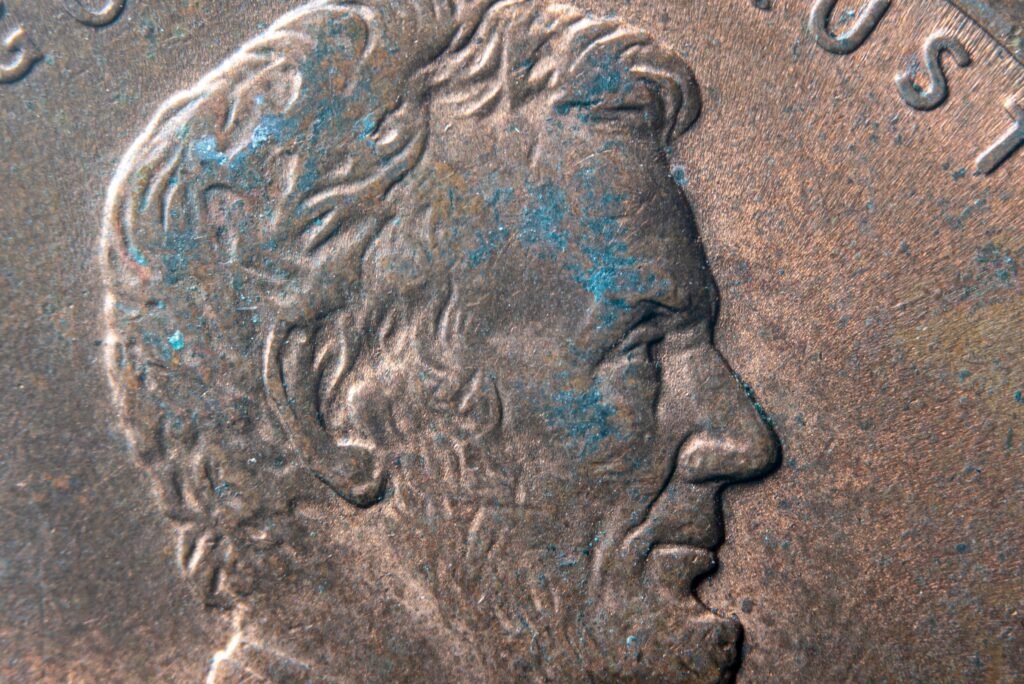
The Minting of Initial Designs
The United States Mint was meticulous in its creation of coins during the early days of American coinage. Mint Medallic Artists transform simple line drawings, once they have been approved by Treasury Secretary, into three-dimensional sculptures. The digitized sculpts then become coin dies which imprint the design on the coins.
This journey begins with the large coils of metal, which are precisely shaped to each denomination. The coils of metal are then straightened, and they’re fed through a blanking machine that produces coins at a staggering rate of 14,000. The blanks are similar to finished coins in terms of thickness, but they differ in size.
Washington’s role in coinage
Washington Pieces — most of them from England — sparked the debate about whether or not it was acceptable to depict a president in office on U.S. money. The Washington Pieces sparked a significant debate in Congress, reflecting similar concerns to those about the English tradition depicting monarchs as currency.
The United States released its first official coin in 1787. It was the copper Fugio Cent. This coin was designed by Congress for the purpose of facilitating the circulation of small change. The coin’s unique design symbolized unity and industriousness – values that were important to the nation at its beginning.
The story of the evolution of the U.S. presidential coins reflects both the artistic aspirations of the country and its core values, liberty and justice.
READ MORE:
- Why Choose Advanced Call Center Technologies Harlingen, TX?
- Why Choose DeVry Institute of Technology for Your Education
- Where to Sell Silver Coins Near Me: Top Local Buyers
- Is Hamster Coin a Good Investment? Key Insights and Analysis
The History of Presidential Coins
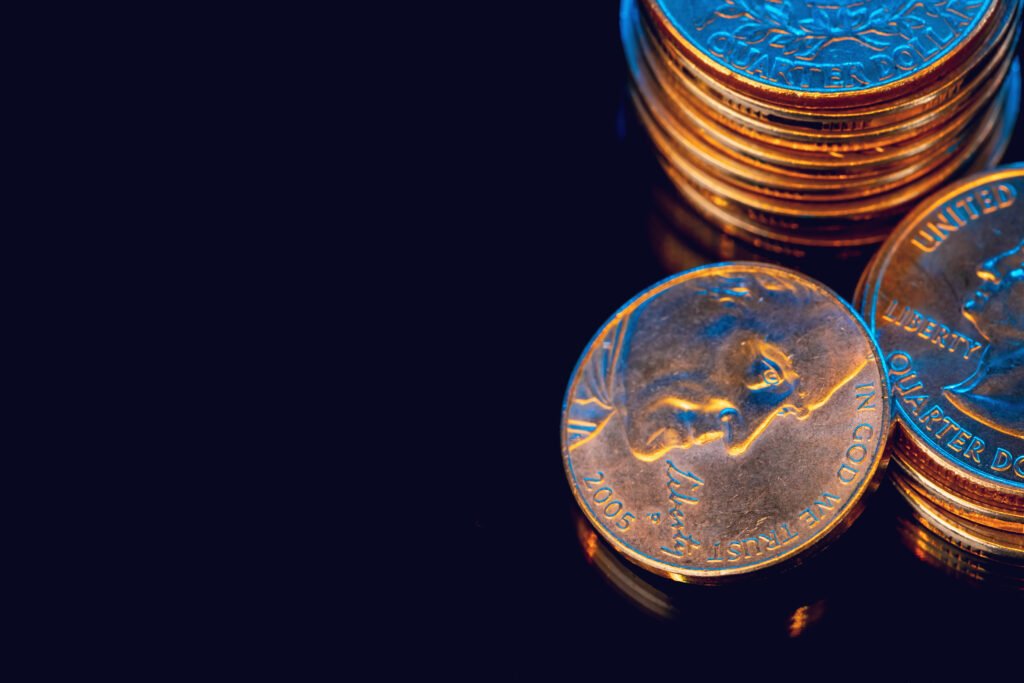
Early Coinage Laws
In the US, the evolution of the presidential coin is deeply linked to legislative decisions that shaped our monetary system. In 1873, President Ulysses S. Grant passed the Coinage Act (also known as the Mint Act of 1873) or Fourth Coinage Act. The “Crime of 1873″ is often called this legislation. It marked the transition from the bimetallism standard to gold.
This act stopped the practice whereby silver was minted as legal tender in unlimited quantities. It had significant economic consequences, especially for miners and farm workers who depended on silver.
The Bland-Allison Act of1878, and then the Sherman Silver Purchase Act, were passed to force the Treasury into purchasing silver. However, these measures failed to stabilize silver prices and were eventually repealed.
Significant Design Revisions
Over the years the design of US coin has been significantly revised, reflecting often the changing identity and values of the country. The Lincoln cent was introduced in 1909 to celebrate Abraham Lincoln’s hundredth birthday. This marked a significant redesign.
It was the first time that a President was depicted on a coin in circulation, ending a tradition of over 100 years of Liberty-themed figures. This decision reflects a trend towards integrating national heritage into the currency.
In 1932, the Washington quarter was introduced. The Jefferson nickel followed in 1938. The coins were designed with realistic portraits instead of allegorical and symbolic images, and this became the standard for future designs.
After Kennedy was assassinated in 1963, the trend continued. The Roosevelt Dime and Kennedy Half-Dollar were introduced in 1946 to commemorate the presidents.
Limited Editions, Sets Releases and Special Editions
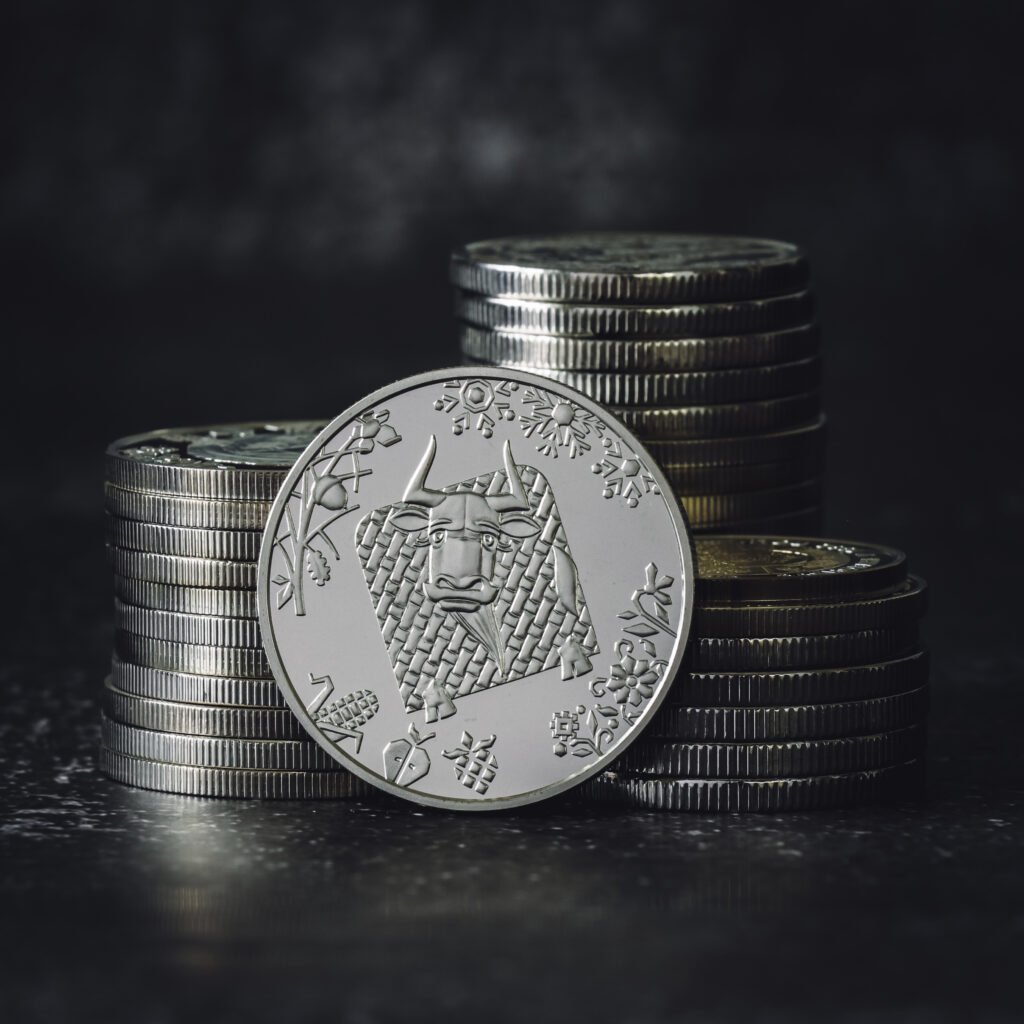
Limited Edition Coins
Over the years we have seen an impressive range of coins, especially under the Presidential One Dollar Coin Act. The series, which began in 2007, ended in 2016. It featured a reverse design that was the same as on all coins.
The series also included the special George H.W. The Mint is committed to preserving the legacy of President Bush with high-quality coins.
Coin Sets Popular
Collecting popular coin sets can be a great way to get a glimpse of the history behind presidents. This 2007-2020 Presidential dollar set with folder is an excellent example. It captures years of history into a single collection.
The 2007 Presidential Dollar Year Showpak is a great choice for collectors, as it offers an attractive presentation that combines accessibility and collectible appeal. The sets are not only a way to highlight the historical and artistic significance of each coin, but they also provide a glimpse into the changing design and commemoration techniques in U.S. coins.
How to become a presidential coin collector
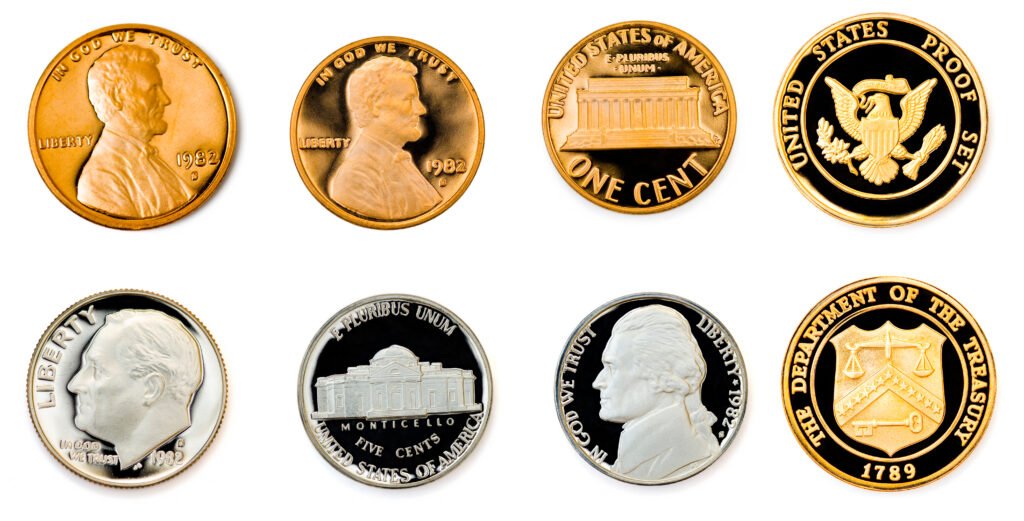
Start Your Collection
Coin collecting is a hobby that anyone can enjoy. It is important to familiarize ourselves with coin-collecting vocabulary, including the basic terms and parts of the coin.
You can build a collection in many ways, such as focusing on a specific country, time period, coin finish, denomination, mint mark, design theme, or artist. The Mint offers yearly sets of coins, including uncirculated proof and quarter sets. These sets are ideal for coin collectors who want to collect these types of themes.
Resource for Collectors
There are other options for those who can’t find the item they want in catalogs and databases. You can search through bank coin rolls, trade or buy coins through clubs or privately, or engage with coin dealers. You can also find unique coins at coin shows, antique markets, flea markets, or auctions. However, it is important to be cautious and ensure that the price and quality are fair.
We can enrich our coin collections and our understanding of the history represented by each coin, not just through leveraging this information but also by educating ourselves on a regular basis.
FAQs
1. What U.S. presidents appear on current coins?
Since 1964, the U.S. has issued circulating coins featuring former presidents. Abraham Lincoln is featured on one cent, Thomas Jefferson, five and ten cents, Franklin Roosevelt, twenty-five, George Washington, fifty, and John F. Kennedy.
2. What is the value of the Presidential Dollar coin?
The most valuable Presidential Dollar Coins are the three George Washington 2007 coins without edge lettering that have been graded MS68 (by the Professional Coin Grading Service, PCGS). These coins are worth approximately $4250 each.
3. What president is on the one dollar coin?
The series of $1 dollars features various U.S. presidents. Some notable examples are George Washington, Thomas Jefferson and Abraham Lincoln.
What is the name of the latest President who has appeared on an American coin?
In 2016, the Presidential Dollar Series, featuring only dead presidents, issued its latest coins with Nixon, Ford and Reagan. George H.W. Bush was the latest addition to this series. Bush.
The conclusion of the article is:
We have seen the blend of art, history and nationalism captured in these metal representations. Each coin, from the debates over Washington’s appearance on the currency of the United States to contemporary collector’s sets and special editions, represents an important chapter in the evolving story of America. From practical currency to collectible, the journey demonstrates the respect the country has for its leaders.
As well as their historical and aesthetic value, the appeal of the presidential coin lies also in its stories and unity it represents. Exploring this aspect of American history, whether you are a collector, enthusiast, or just curious, will allow us to reflect upon the founding principles that shaped the nation. By examining past coinage and the current representation, we can understand the spirit and reverence of America for its leaders.



